We're a team that got together at Garage48 Health Tech Hackathon, which took place in Latvia, 15-17th of April, 2016. The fact that attracted attention of our team members was that each year, a lot of Implanted Cardiac Defibrillators get inserted into patients to protect them from arrhytmias and other heart conditions. They do that by monitoring the all kinds of parameters of the heart (including but not limited to heart rate, impedances between electrodes and so on) and applying voltage pulses to the heart internally. These implants also collect a lot of data from the monitoring process, which helps doctors make decisions. Overall, it's a noble cause - but noble causes often have little ugly details which get overlooked. The ugly detail in this case is that often patients never get to see that data. Why is it important?
It's all about making informed decisions. A patient knowing about arrhytmias episodes that occured to him/her has the power to change his lifestyle accordingly, by deducing the factors that have influenced his recent attacks and eliminating them - i.e. observing his/her heart condition according to his/her sleep schedule, work rhythm, food choices and participation in sports. As for now, the patients can only hope to get some information on ICD-prevented arrhytmias on scheduled appointments with their doctor, which often occur once a year or even less often. This eliminates any possibility of making informed choices by using patient's lifestyle data for future arrhythmia episode prevention.
So, here we are. A team, assembled by a girl with an implant keeping her heart in shape, holding a base station that collects a lot of information she personally could use to improve her life conditions, but being held back by healthcare providers. What are we going to do now?
We're going to hack it.
The implant sends its data out using a base station connected through ADSL/3G, communicating on 402-405MHz frequency band. Our plan is to:
- Intercept the communications between the implant and the base station
- Decode them into packets
- Decypher their protocol
- Understand the representation of the collected data
- Make human-readable reports for patients
Our team is halfway through step 1 and working on step 2. We are trying to establish a hardware solution for collecting and processing data so that we have enough for decyphering the protocol and linking it to the representations. We need Hackaday's community help, and we need hardware. We also want to attract media attention to the issue so that we can, with our efforts combined, make the data available through healthcare providers once and for all.
Worklogs:
 Arya
Arya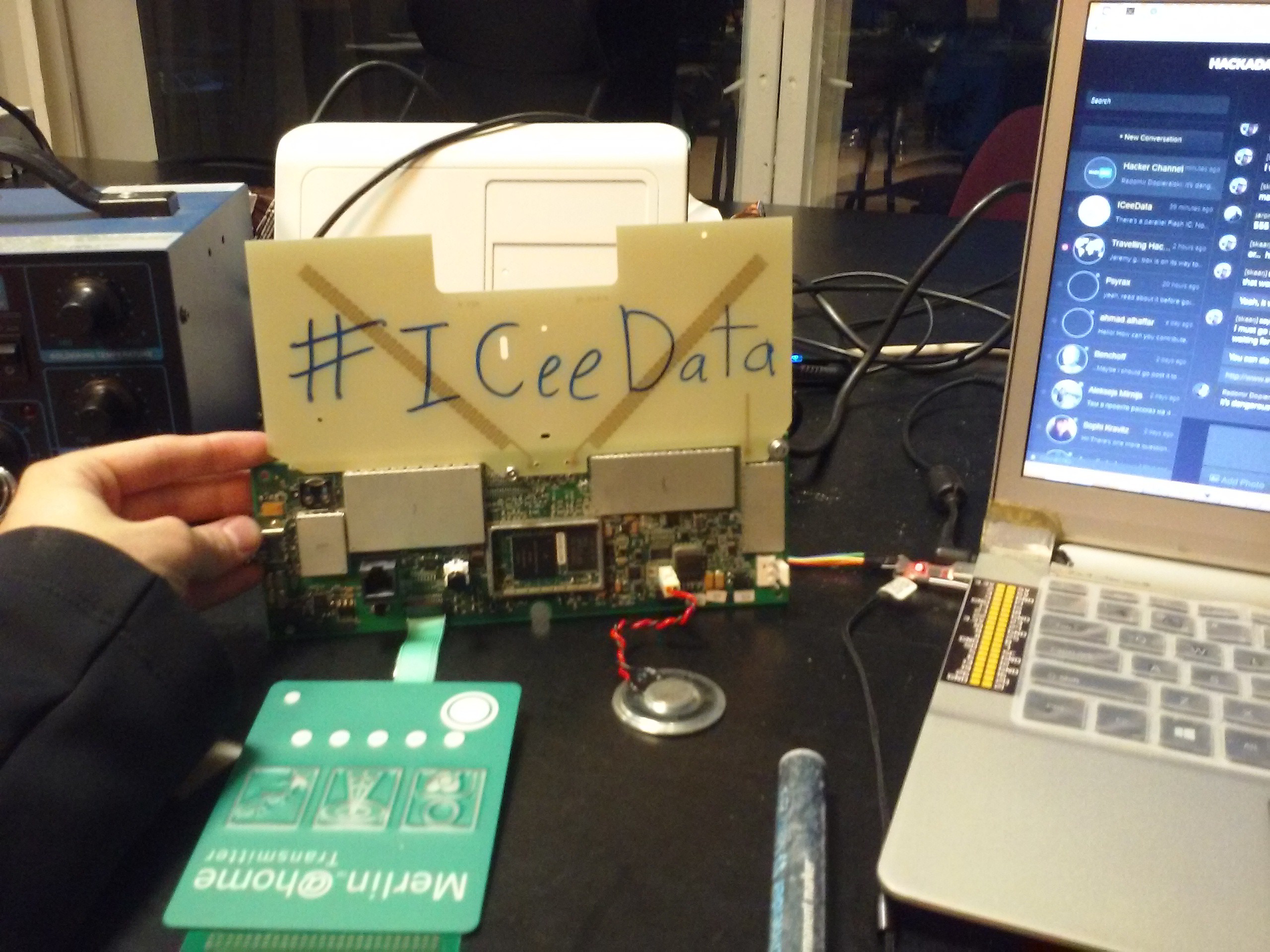
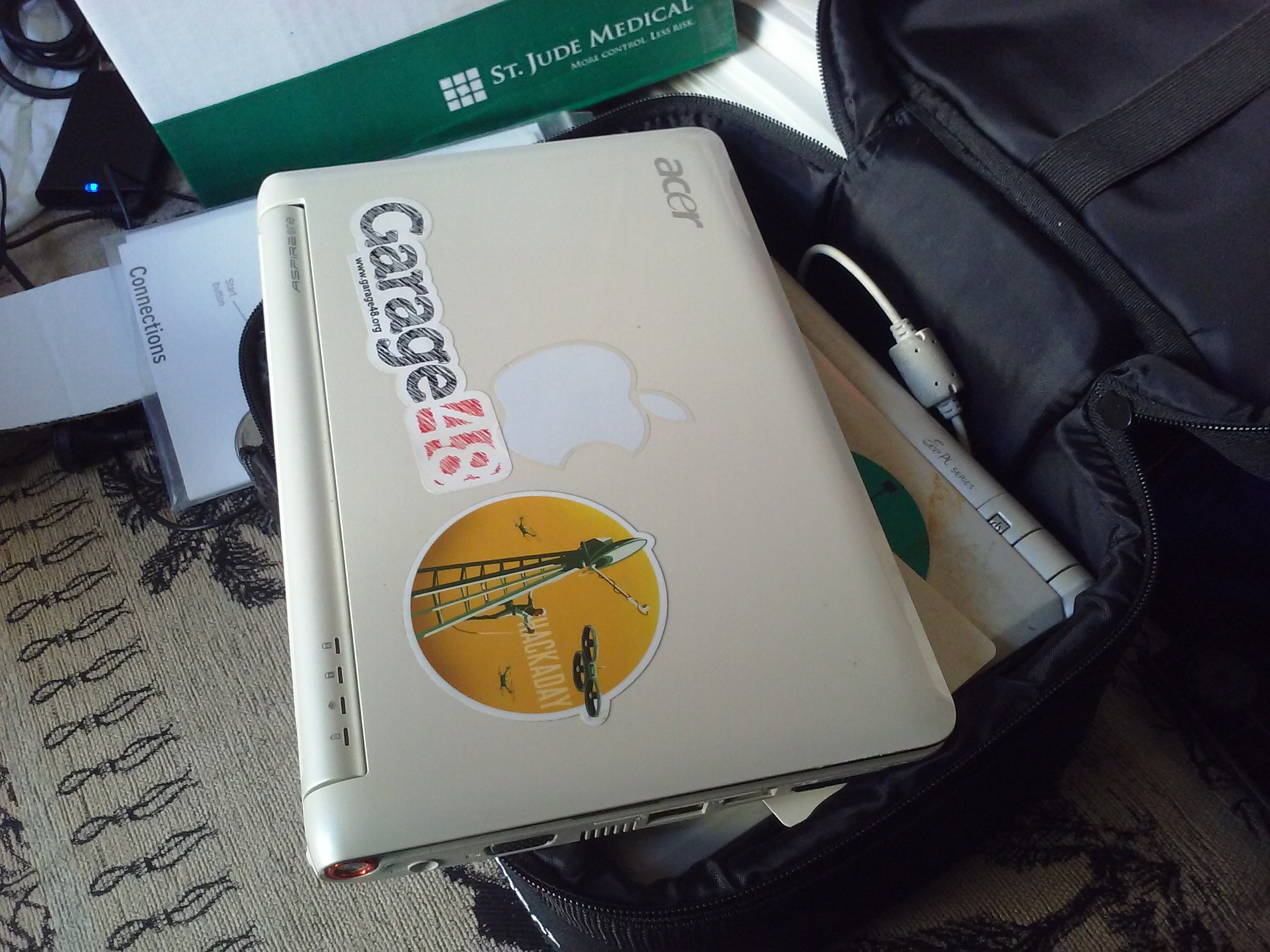 Disassembling the base station is hella easy. After all, it's not made by Apple. There was a single screw that was not visible:
Disassembling the base station is hella easy. After all, it's not made by Apple. There was a single screw that was not visible: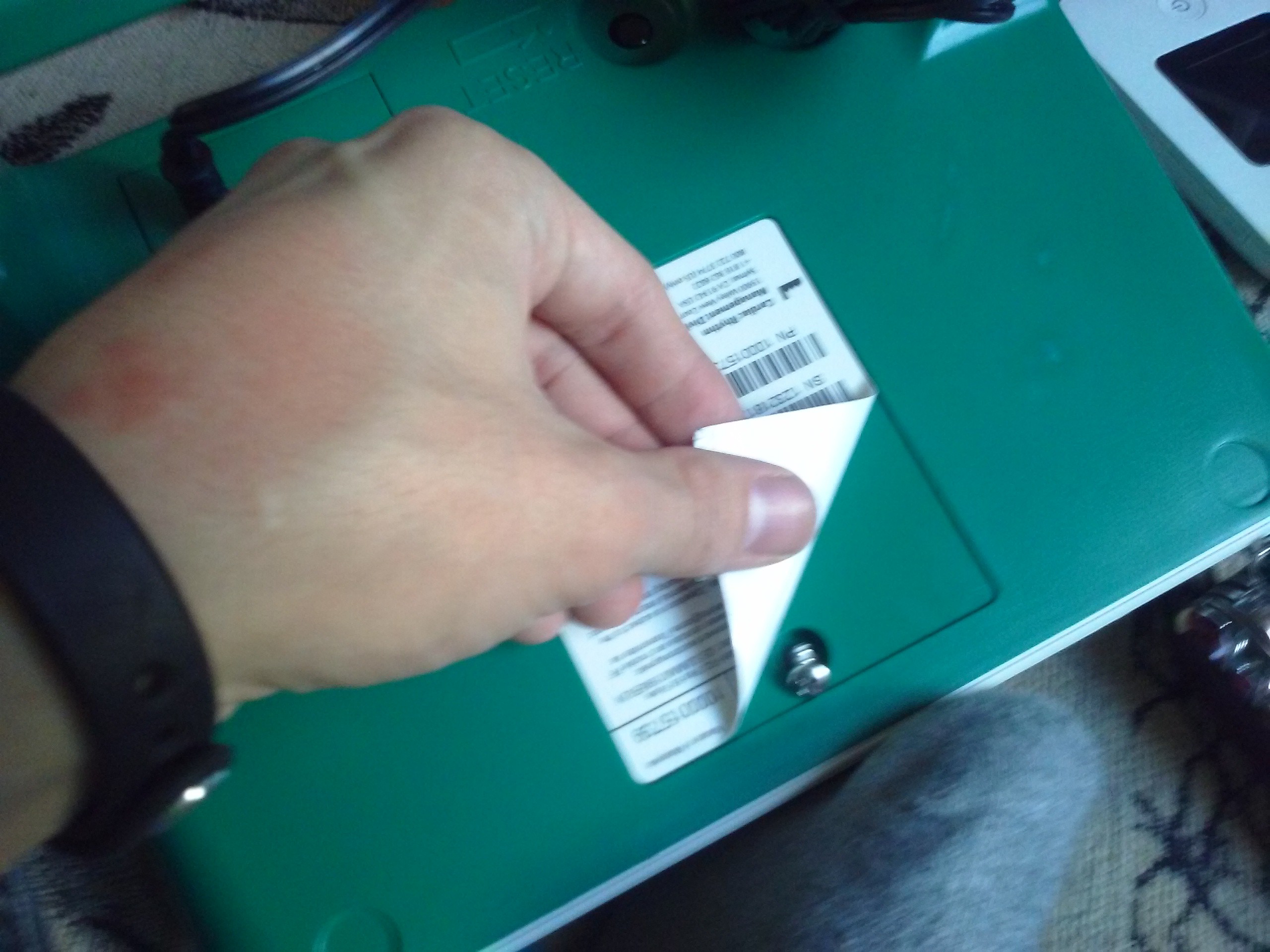


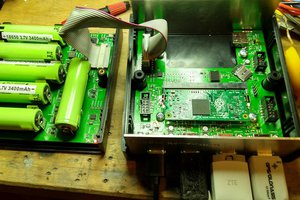
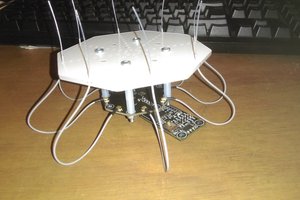
 Charlie Smith
Charlie Smith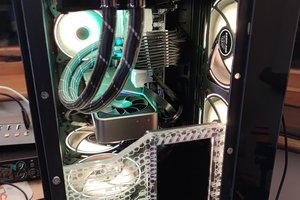
 Mangus Tiranus
Mangus Tiranus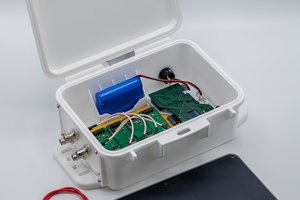
 Shah Selbe
Shah Selbe
Wondered if you are still working this, how far you have gotten and what defribrillator you have.